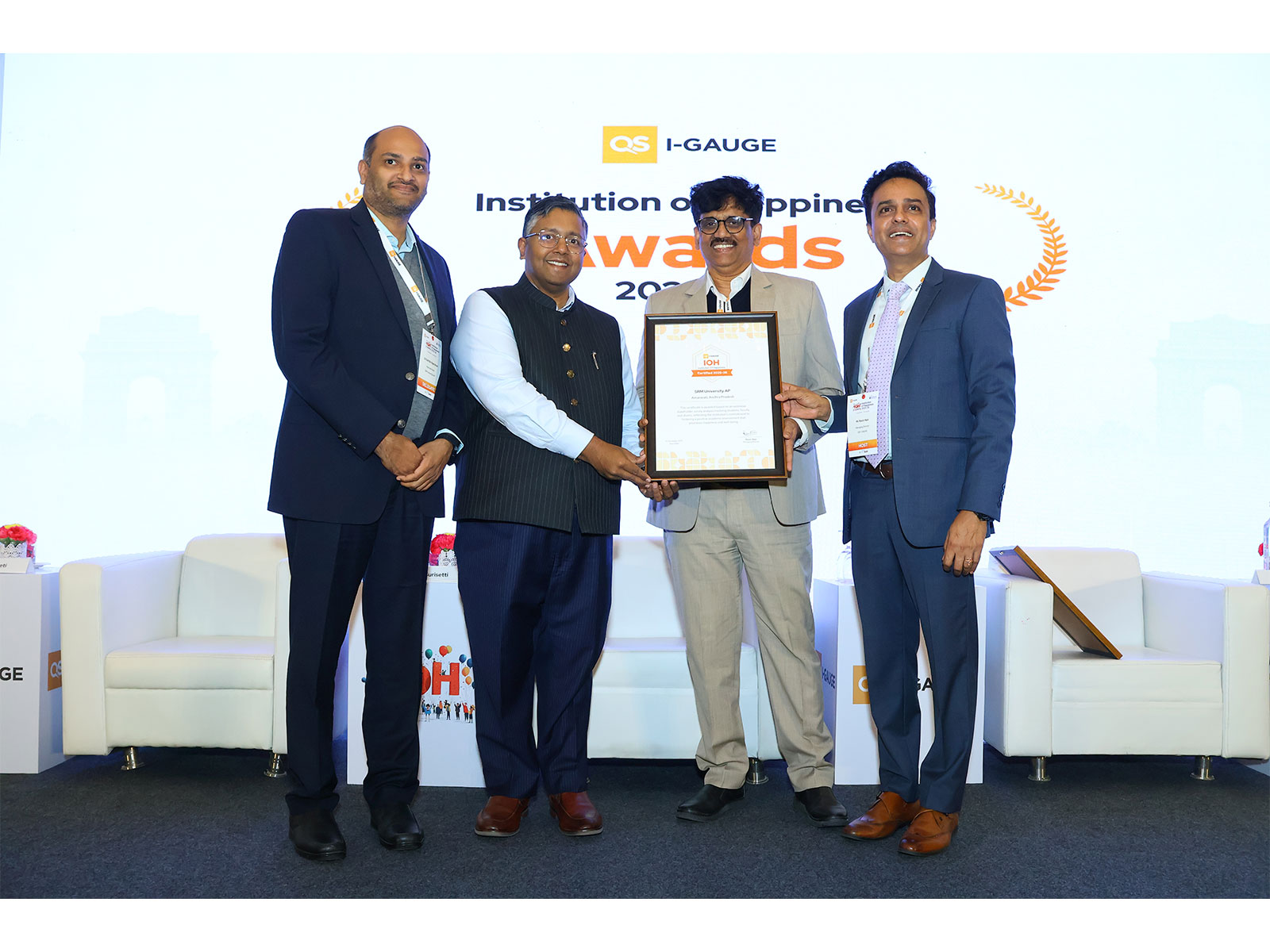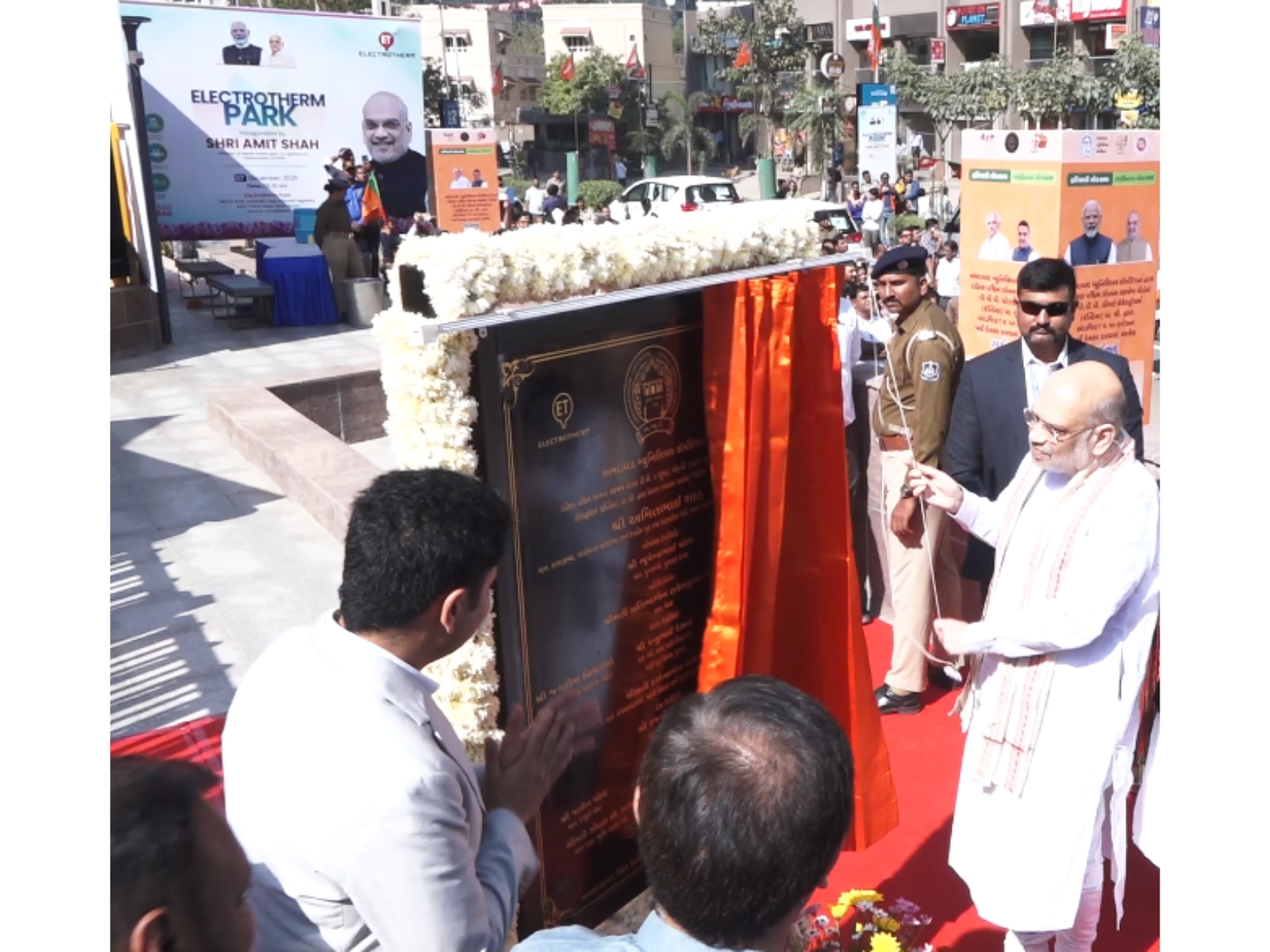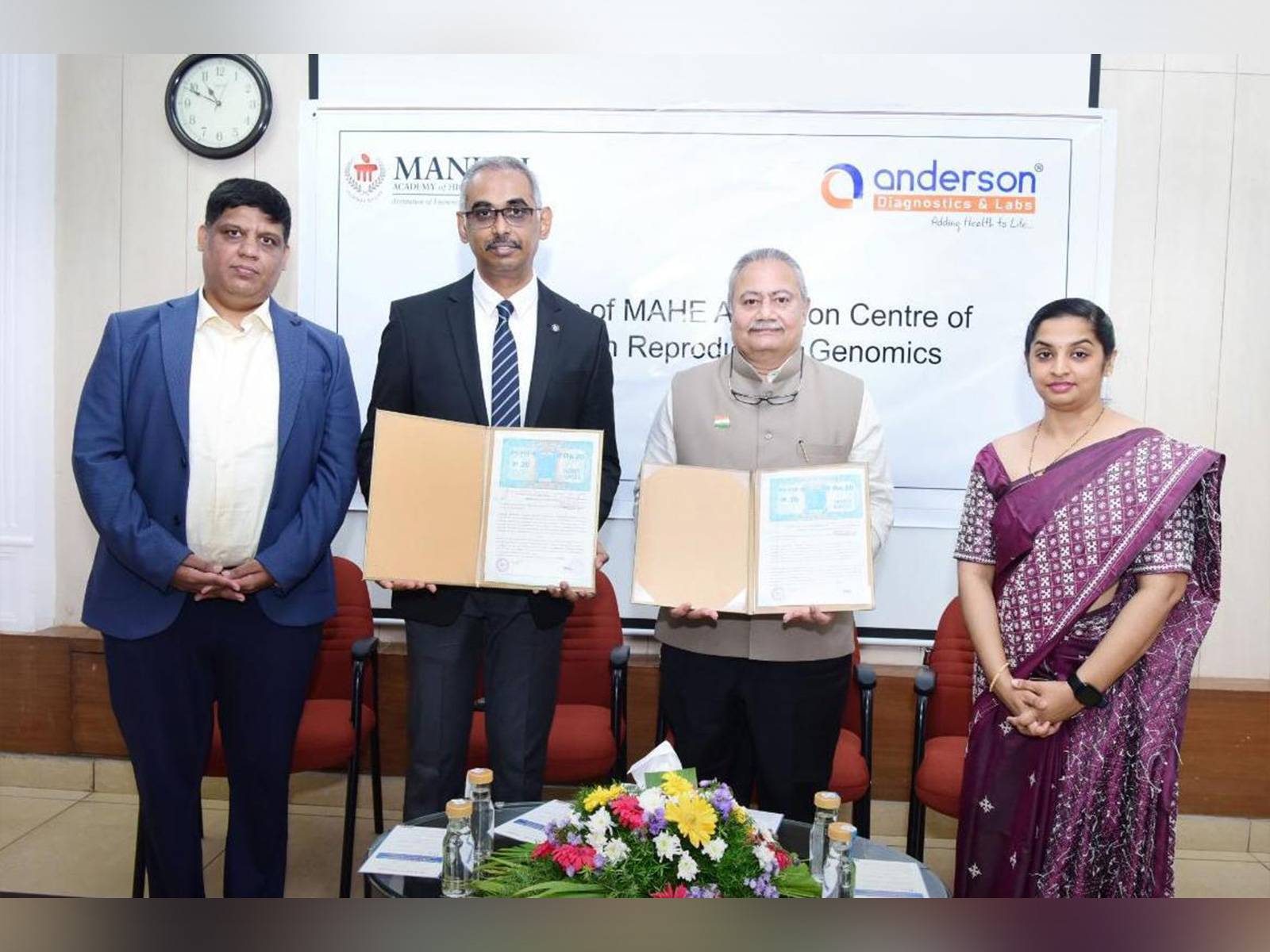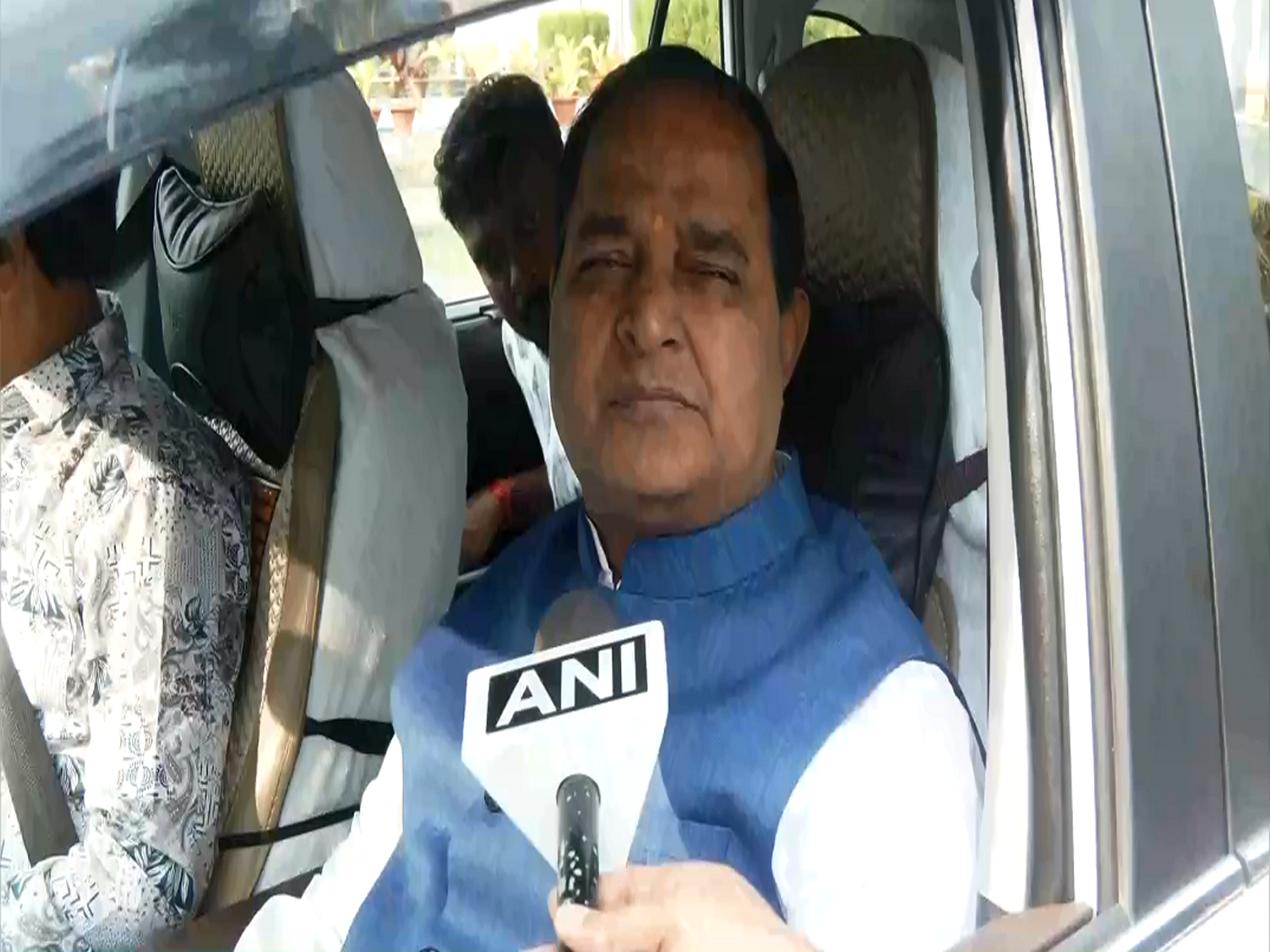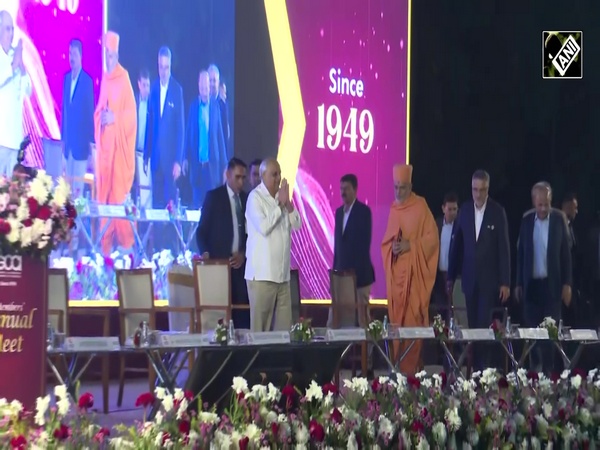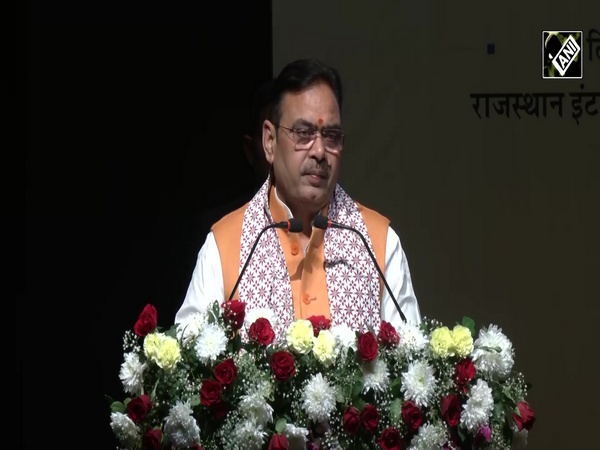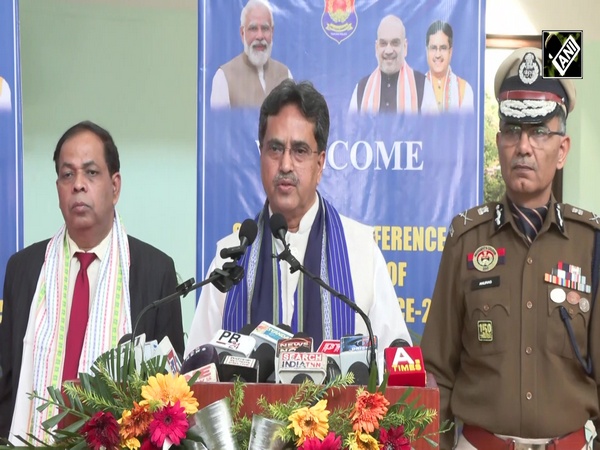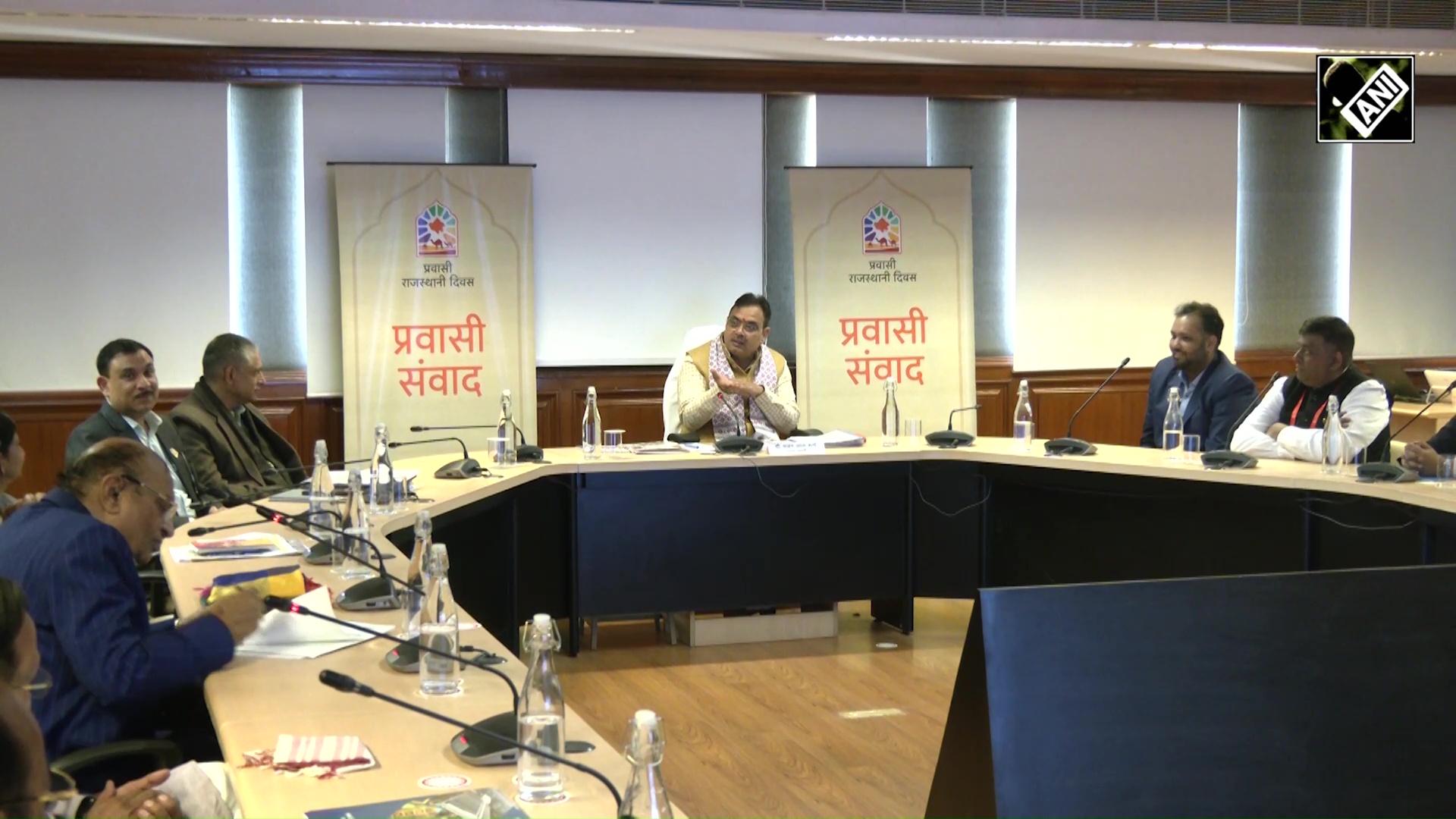Important assets being mapped for optimum use of PM GatiShakti initiative
Jan 07, 2023

New Delhi [India], January 7 : Data relating to important assets in health, education, culture, tourism, Gram panchayats, municipal corporation, and social welfare housing are being mapped and data validation is being done for optimum use of PM GatiShakti, Ministry of Commerce and Industry said.
A review meeting was held regarding the onboarding of social sector ministries/departments chaired by the special secretary (Logistics), DPIIT at Vanijya Bhawan.
The National Logistics Policy along with Gati Shakti's vision has improved the quality of planning of projects and infrastructure in the country, thus helping in cost optimization and also saving time.
The 12 Ministries/Departments that have been onboarded and are now in advanced stages of data integration onto the National Monetisation Pipeline (NMP) platform which includes important layers such as schools, hospitals, and Anganwadi centres.
Before Gati Shakti came into the picture, there was a lack of coordination between different various departments in delivering projects. The lack of coordination not only caused great inconvenience but was also a wasteful expenditure.
The National Logistics Policy was launched on September 17. The need for a national logistics policy was felt since the logistics cost in India is high compared to other developed economies.
PM Gati Shakti incorporates the infrastructure schemes of various Ministries and State Governments like Bharatmala, Sagarmala, inland waterways, dry/land ports, UDAN etc.
Economic Zones like textile clusters, pharmaceutical clusters, defence corridors, electronic parks, industrial corridors, fishing clusters, agri zones will be covered to improve connectivity & make Indian businesses more competitive. It will also leverage technology extensively including spatial planning tools with ISRO (Indian Space Research Organisation) imagery developed by BiSAG-N (Bhaskaracharya National Institute for Space Applications and Geoinformatics).
Traditionally, there was a lack of coordination between different Departments, for example, once a road was constructed, other agencies dug up the constructed road again for activities like laying of underground cables, gas pipelines etc. This not only caused great inconvenience but was also a wasteful expenditure. To address this, efforts were made to increase coordination so that all cables, pipelines etc. could be laid simultaneously. Steps have also been taken to address other issues like a time-taking approval process, the multiplicity of regulatory clearances etc.
In the last few years, the Government has ensured unprecedented focus on infrastructure through a holistic outlook. This helps to address the past issues through institutionalizing holistic planning for stakeholders for major infrastructure projects. Instead of planning & designing separately in silos, the projects will be designed and executed with a common vision.
